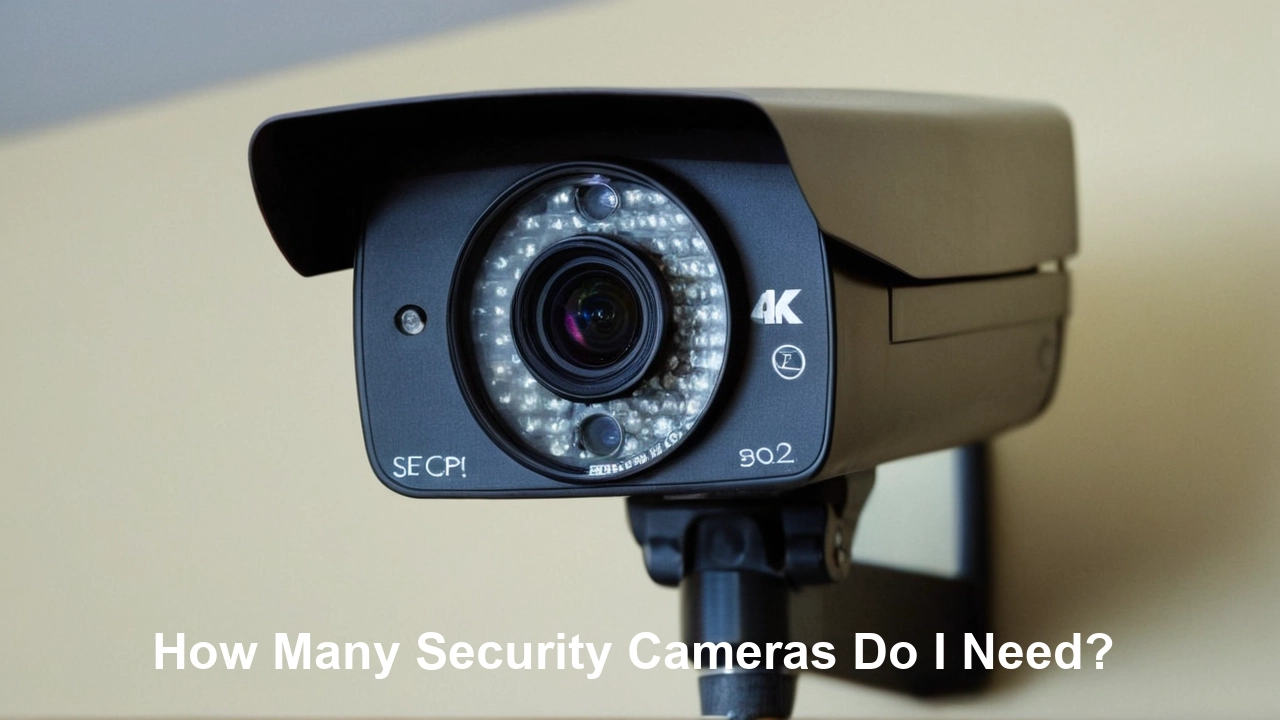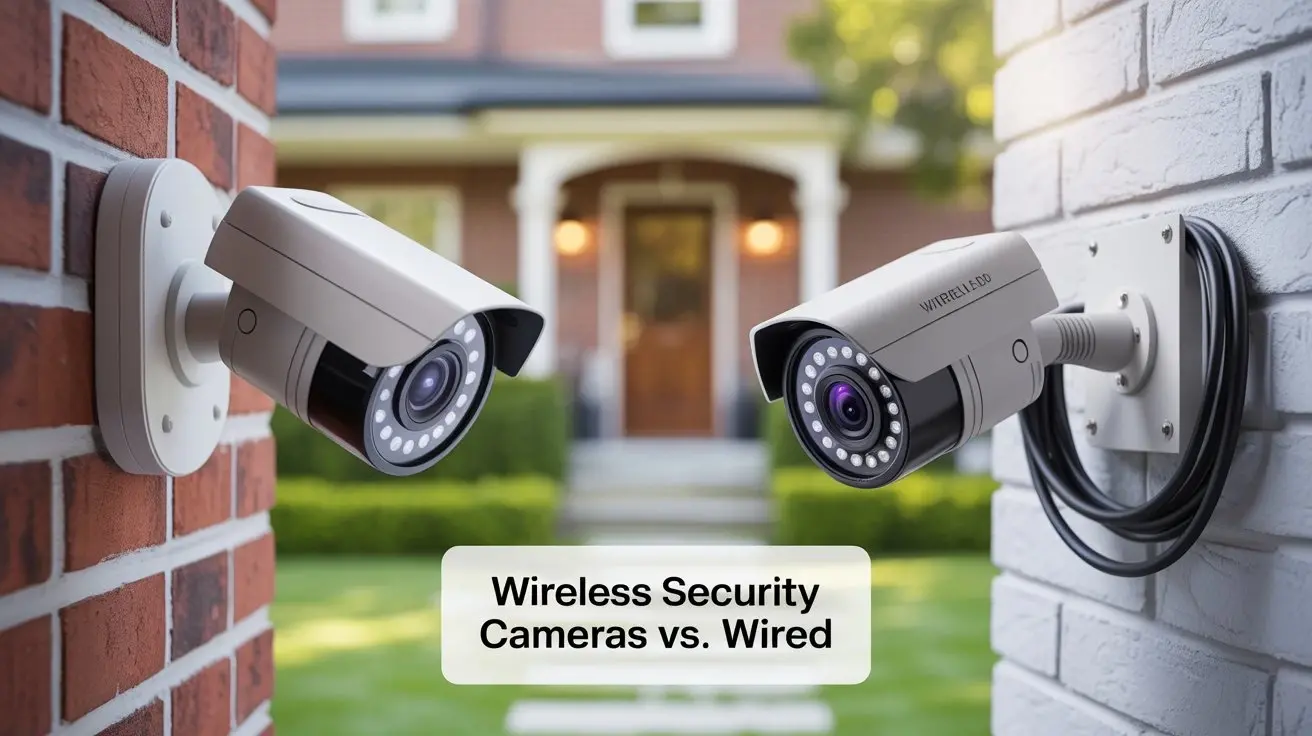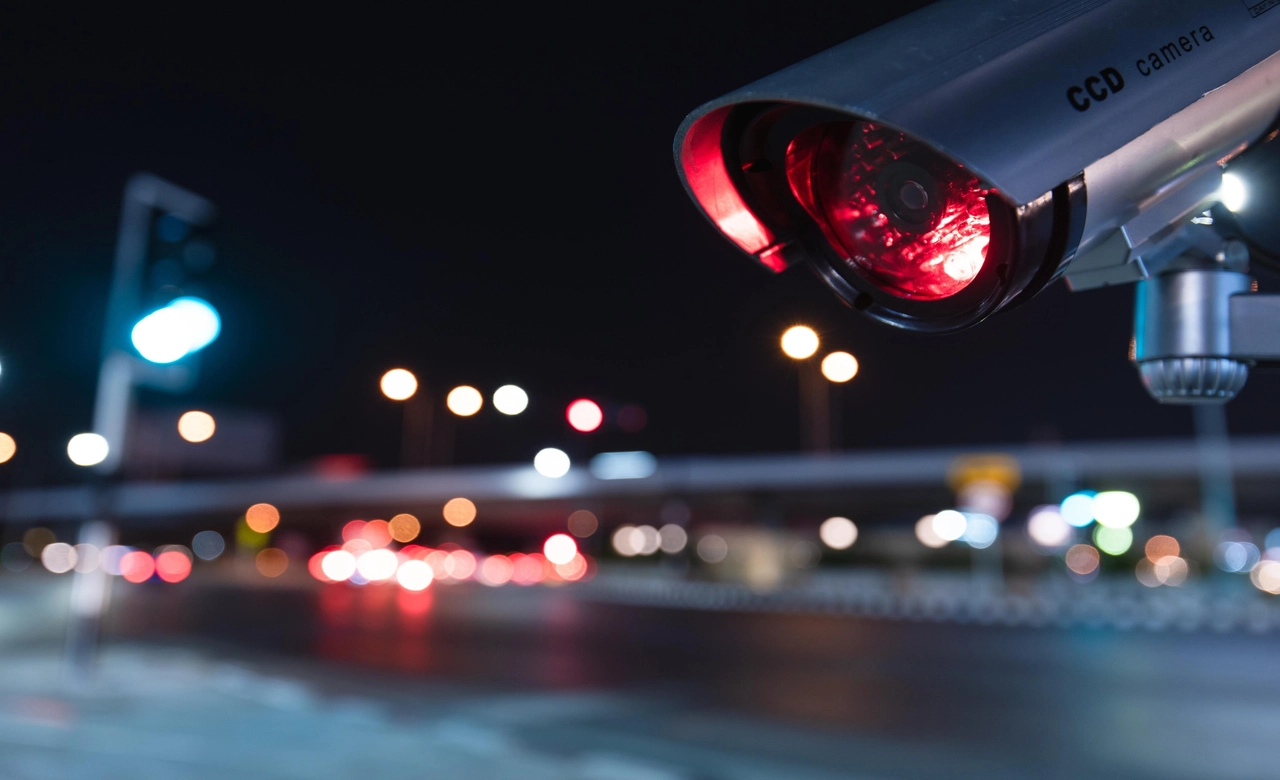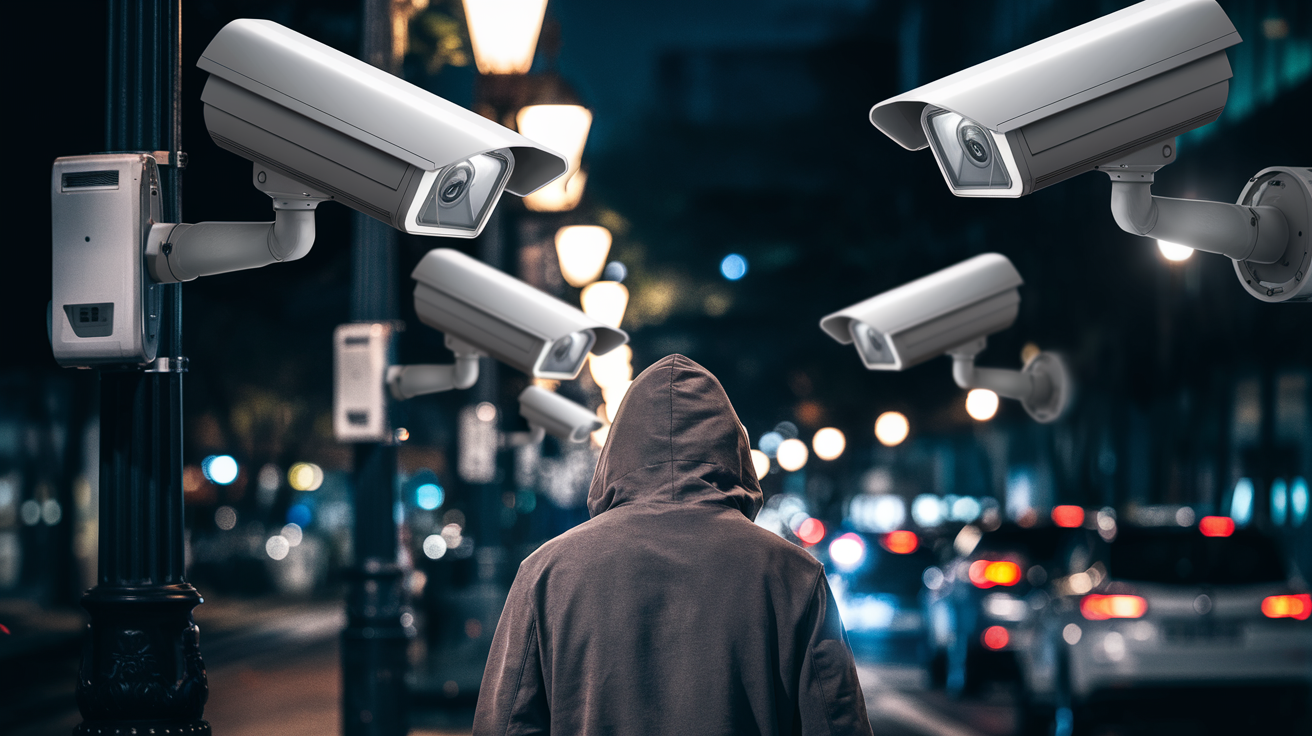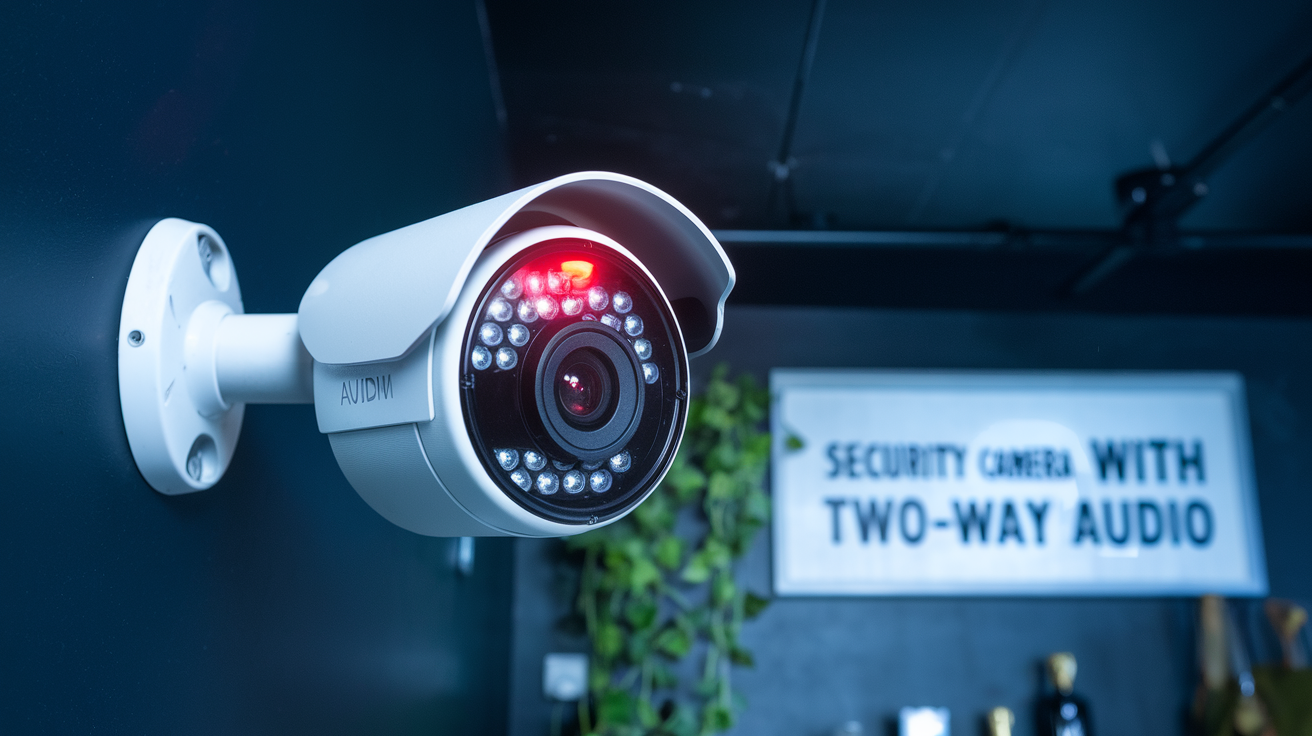How to Determine the Number of Security Cameras You Require
While choosing the number of security cameras necessary for protecting your home or business, one may face a few problems. The amount of video surveillance you require in a given premise can be influenced by many factors. The following tips and guidelines on this article will ensure that you determine the right number of security cameras to install depending on your requirements and budget.
Assess Your Property Size The first factor that is considered in the determination of the number of cameras that are required is the size of your compound. Big areas need more cameras to avoid having blind zones. As a rule of thumb:As a rule of thumb:
Small homes of less than 1500 square feet require only 1-3 cameras to get the whole house. Install them at the doors or any other strategic points where people frequently pass. Homes with moderate size and small businesses of up to 3,000sqft require between 3-5 cameras. Apart from entries, include views on assets. Facilities greater than 10,000 square feet may need more than 10 cameras depending on the complex’s number of buildings and doors. Identify main points in each room for camera installation.
Consider Entry Points All exterior entryways should have a security camera focused on them, including:All exterior entryways should have a security camera focused on them, including:
-
Entry door and exit door
-
Garage doors
-
Gates/perimeter fences
-
Access points such as loading bays or delivery doors (for commercial establishments)
Having eyes on all entryways help in discouraging the intruders and also provide video evidence in case of break-ins. In the case of homes, the number of outdoor cameras can be reduced if the house also has an alarm system in place. However, for the retail stores and offices, it is important to close all the access points leading to the outside environment.
Survey High-Value Areas Apart from monitoring all the doors, you also desire to capture inside your compound areas with valuable items and equipment. Common priority indoor spots include:Common priority indoor spots include:
-
Cash registers and safes
-
Server/IT rooms
-
Inventory storage areas
-
Hallways and corridors
-
Corridors or exhibition halls
The more expensive items one has and the more they are likely to be kept in a single location, the more it will make sense to install a dedicated security camera.
Consider Camera Types The number of security cameras that are needed can also be influenced by the type of security cameras that are being used. Panoramic cameras with a wide-angle lens give 360-degree views of an area that can sometimes suffice for several standard cameras positioned in several directions. Likewise, it is possible that some cameras, say those with zoom features, may only need one as it can effectively provide both, the big picture and the particulars.
However, you need to know that panoramic images may cause image distortion in the peripheral areas. When fully zoomed in, zoom cameras have a smaller capture angle compared to the ones that are not zoomed in. Thus, you may still need some additional conventional cameras for critical areas.
Determine Video Storage Needs Number of security cameras is also directly proportional to the amount of video footage that needs to be retained from them. Where there are more cameras capturing more hours of video, it means that there is a need to store more videos in the backend. This is generally done through networked video recorders (NVRs) that possess hard drive bays and recording functions.
The NVR hard drives vary with their capacity for recording, but on average, you can record 7-15 days and nights through 16 cameras for standard HD video quality. If there are more cameras installed than that, then you need more NVR drive bays or larger drives, both of which are more expensive to the system.
Factor In Your Budget Total costs usually dictate the final numbers of security cameras that can be purchased. The cost of professional standard definition cameras lies in the range of $75-$100 per unit; the high definition ones are comparatively priced at $100-$300 for each camera. The best 4K ultra HD and other types of specialty cameras such as 360-degree or zoom capable ones usually go for more than $500 per unit.
However, do not forget to include the cost of the camera and then the paid subscriptions if you wish to have cloud storage or remote access. You also need to consider the costs of an NVR system and any additional wiring or installation costs that may be incurred. Request proposals from security firms regarding the approximate number of cameras and their placement to determine cumulative costs.
Begin with Three Focuses Unsure where to being? Look at covering these 3 key areas first:Look at covering these 3 key areas first:
-
Front door – Give a warm welcome to whoever is at the door as well as discourage intruders from entering.
-
Back door – Get other entry attempts from yards or alleys.
-
Lockable drawer or cupboard - Ensure that the most likely objects to be stolen are in clear view.
From there, if your budget allows you to, the number of cameras can be increased.
Consult Your Security Company for More Information Security firms that are professional provide consultations about the number of cameras and their location that may be best suited to the structure and risks of your compound. You can take the vendor to the site for a site visit to better advise you on how the surveillance cameras should be set up.
Security experts know about position optimization, camera capacity, and wiring issues. Getting their consultant can help avoid the situation where one ends up buying the wrong quantity or types of cameras. It is also acceptable to pose questions about achieving the greatest coverage depending on the available amount of money.
If Necessary, The Changes Made Should Be Made Gradually Over Time There is no need to stress about the camera totals and trying to get them just right on the first try. What can be said about security systems is that these are highly customizable and can be easily integrated with other systems. It can be installed with a basic 3-5 camera system that focus on the main entries and areas containing valuable items, and the subsequent year, more units can be incorporated if other risk areas are found or to enhance on coverage.
Gradual increases in the number of cameras help to distribute expenses across different periods, making them less painful. As long as the first NVR and wiring are compatible with the integration of extra cameras, you’re good to go. Surveillance systems are an investment which continues to develop with the growth of your property and emerging security threats.
